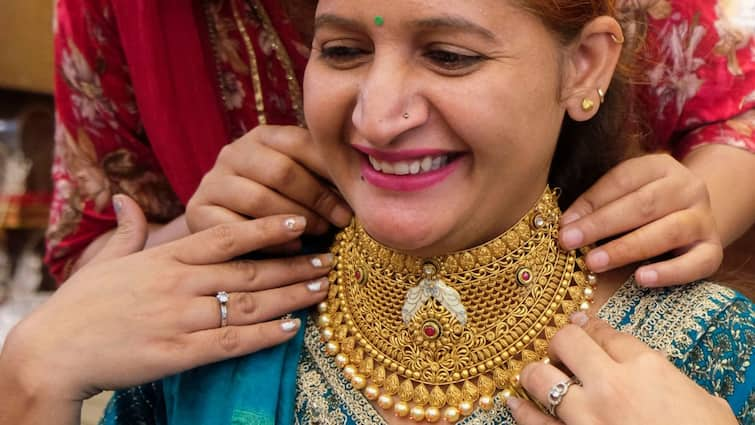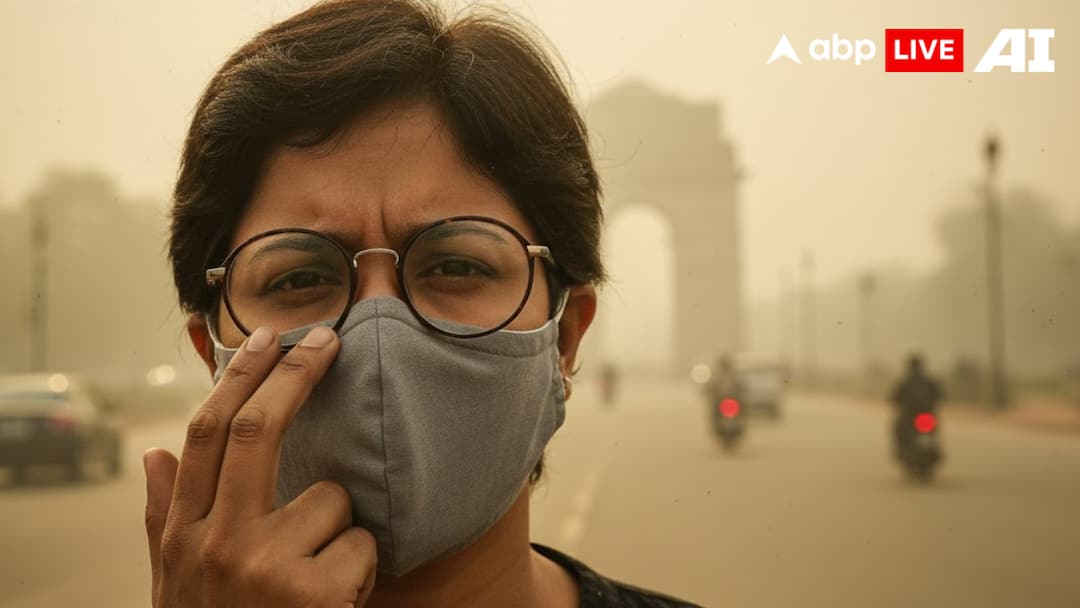Gold prices in Kolkata edged up on Friday, tracking a mild rise in both global and domestic markets. The city saw 24-karat gold (999 purity) priced at Rs 12,268 per gram, while 22-karat gold was available at Rs 11,245 per gram. India’s appetite for the yellow metal remains strong, making it the world’s second-largest gold consumer after China. However, despite initiatives to boost recycling and encourage local sourcing, the share of recycled gold in total supply remains limited.
As gold is traded globally in US dollars, movements in the rupee directly influence local gold prices. A weaker rupee typically pushes up import costs, resulting in higher domestic rates. Conversely, a firm rupee helps ease these pressures, offering some relief to consumers.
International Trends and Investor Demand Drive Prices
Globally, gold prices climbed marginally on Friday amid subdued bond yields and mixed economic data. Analysts noted that concerns over slowing global growth and speculation of potential monetary easing by major central banks bolstered the metal’s appeal. Gold’s reputation as a hedge against inflation and geopolitical uncertainty ensures its steady demand among investors.
Back home, other major Indian cities mirrored this modest upward trend. In Delhi, 24-karat gold stood at Rs 12,283 per gram and 22-karat at Rs 11,260 per gram, while in Chennai, the respective prices were Rs 12,328 and Rs 11,300 per gram. Mumbai and Pune also reported similar price levels at Rs 12,268 per gram for 24-karat and Rs 11,245 per gram for 22-karat gold.
Cultural and Economic Factors Strengthen Demand in Kolkata
For residents of Kolkata, gold holds a deeper emotional and financial connection, particularly during festive seasons such as Durga Puja and Diwali, when jewellery demand typically surges. Jewellers in the city have noted steady footfall as prices remain within a moderate range, prompting customers to make advance purchases ahead of upcoming festivals.
Market analysts suggest that the gradual increase in gold investment, both in physical and digital formats, indicates rising financial awareness among consumers. In addition, the shift toward certified, organised retail outlets has improved transparency and trust in the gold trade. Kolkata’s long-standing tradition of gold craftsmanship and its role as an eastern hub for bullion trade also continue to support local demand.
As global investors monitor upcoming economic data and central bank announcements, experts predict gold prices could remain range-bound in the short term but retain an upward bias if inflationary pressures persist. For many in Kolkata, however, the value of gold extends far beyond investment metrics—it remains a timeless store of wealth, a cultural mainstay, and a symbol of prosperity across generations.



